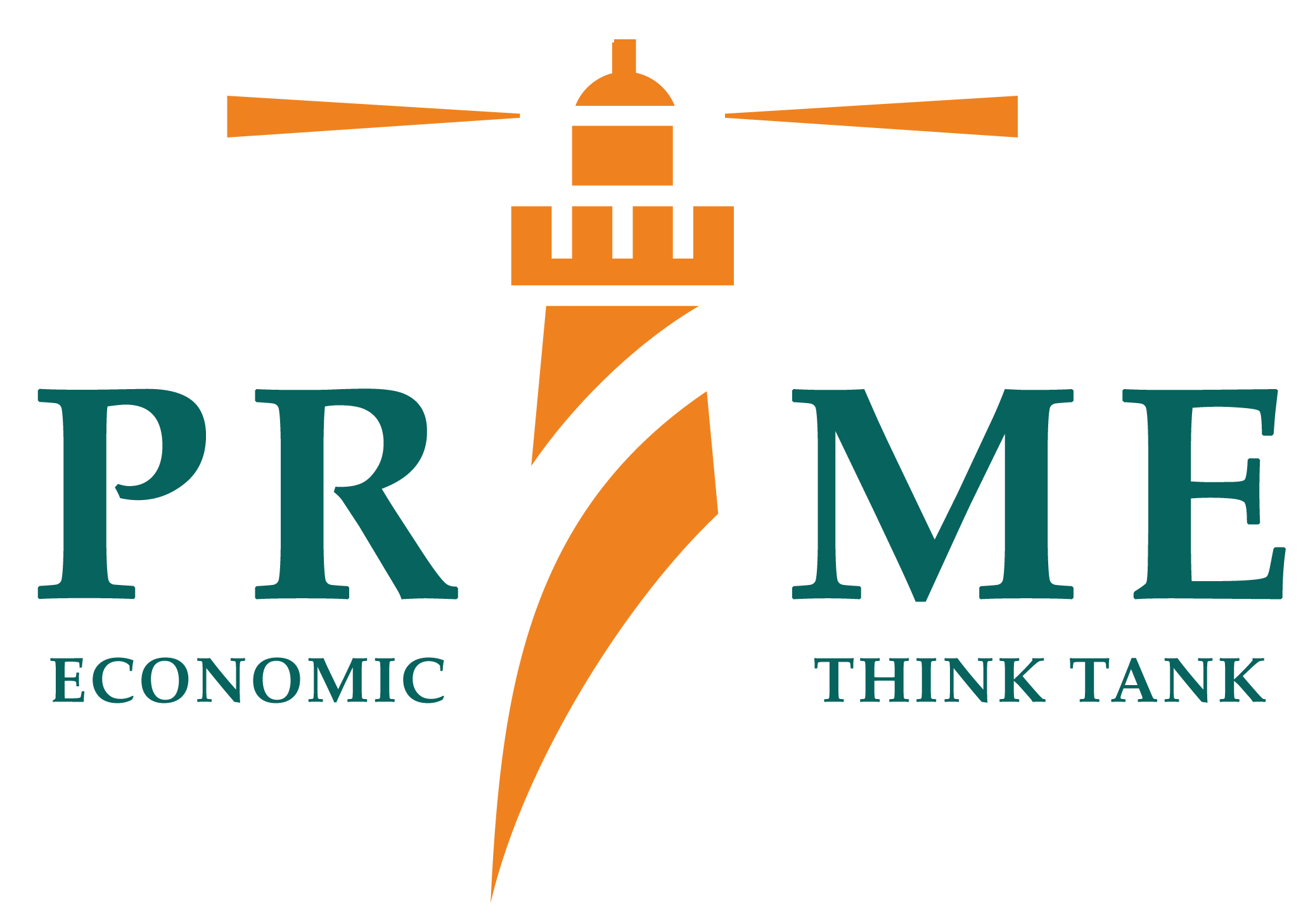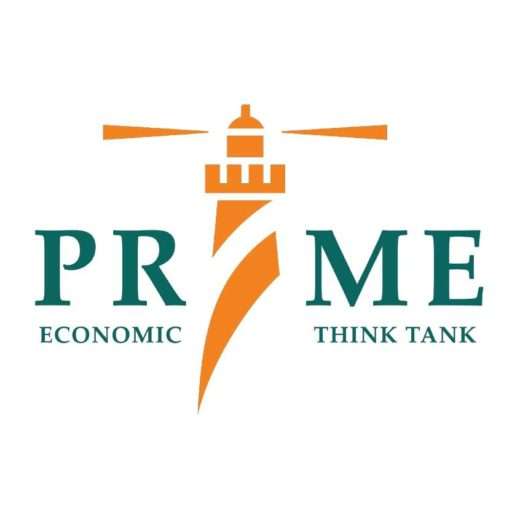PRIME Policy Report is a monthly publication that provides actionable intelligence at both micro and macro levels of the economy. Each report is segmented into Business Climate Review, Market Analysis, and bird-eye view of major Economic Indicators. It is a one-stop information hub for business leaders, SMEs, Corporations, trade commissioners, MNCs, Institutions, and Individuals aspiring to understand the policy dynamics, business prospects, and interpretations of key economic indicators.
Given the amnesty schemes announced by the government in 2017 e.g. on the real estate sector, this policy report delves deeper into whether tax amnesty schemes have been able to increase revenue for the government, or have been counterproductive overall. The market analysis gives an overview of the past tax amnesty schemes and their relevant issues and shares some ideas for the future.
Taxation is a key factor affecting the economic climate of any country. Taxation revenue is used for economic development, typically by financing public goods. Business-friendly tax policies have the power to attract new investors and encourage the development of industries and infrastructure. A lax taxation policy, however, can have the opposite effect of plunging governments further into debt, halting development, and encouraging the growth of the black market.
When faced with declining tax revenues, governments often resort to tax amnesties to increase revenue and broaden the tax base. A tax amnesty can be defined as an offer made by the government to a group of taxpayers to pay a specific amount, in exchange for which the taxpayers’ previous tax liabilities are forgiven and no legal action is taken against them.1 These can be general in nature, covering all taxpayers, or may apply to certain groups only.
Pakistan often brings tax amnesties into play, given its long-standing taxation issues. With a narrow tax base, complicated taxation procedures, and impracticably high tax rates, our tax revenue as a fraction of national income lags behind those of other emerging economies.
Pakistan’s tax-to-GDP ratio has increased from about 10% to about 12.4% in 2016 over the past three years, but most of its meager tax revenue ends up financing interest payments on government debt.
The tax system makes it difficult even for citizens willing to comply- according to a report by World Bank and PwC, Pakistan ranks at a dismal 156 out of 190 countries based on ease of paying taxes. Tax professionals in Pakistan spend 312 hours a year complying with taxes – 100 hours more than the regional average. Income tax filers form a dismal 0.5% of the Pakistani population, compared to 5% in India.


